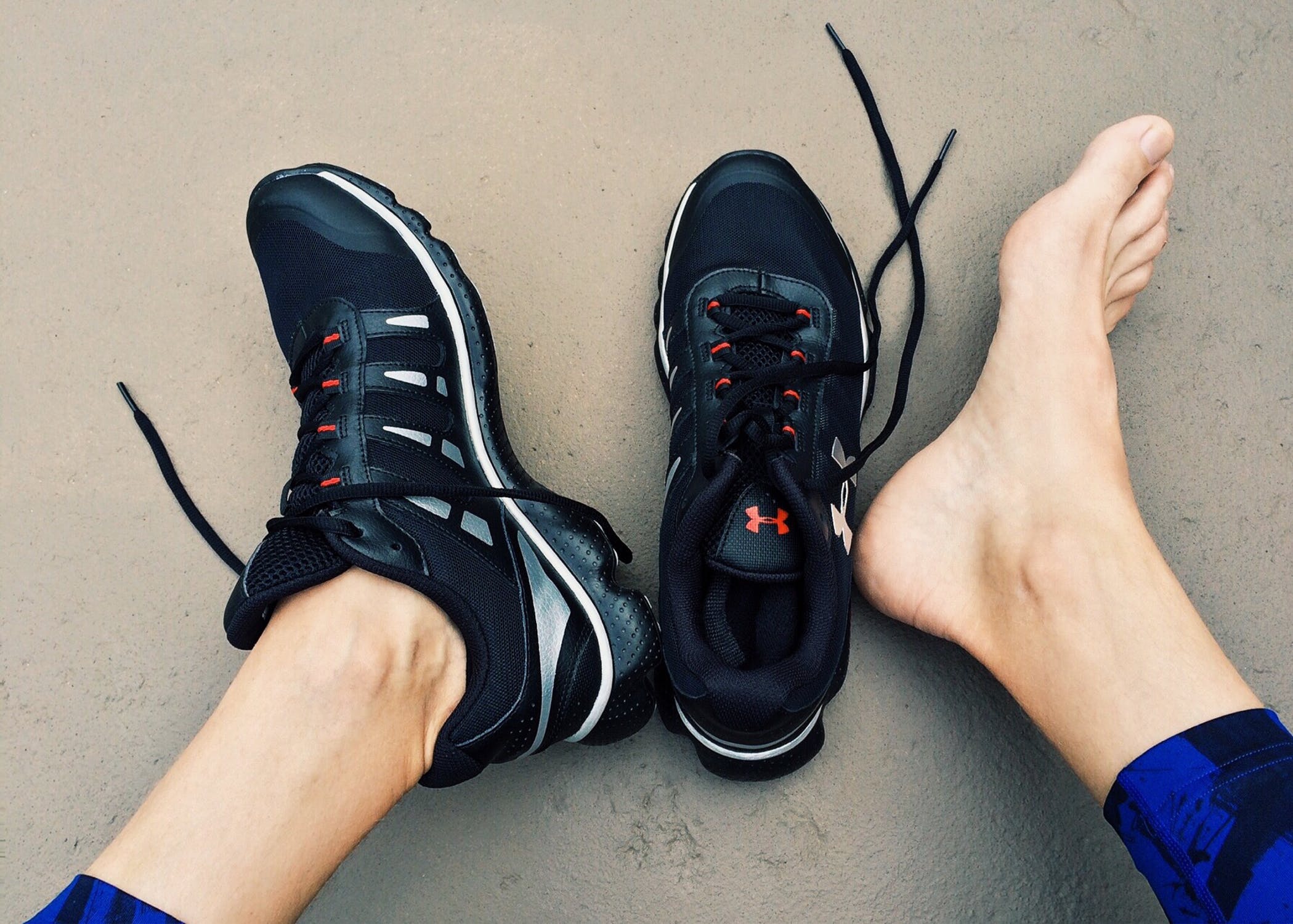Alignment issues involving the feetcan lead to pain in other parts of the body including the back, legs, and feet. This pain forces you to change the way you sit, stand, or move, which can eventually lead to injuries from overuse. Examples of injuries like these include tendonitis, stress fractures, and shin splints. In some cases, orthotics may be able to reduce or eliminate pain or injuries in the lower body.
An Introduction To Orthotics
When people think about orthotics, they usually focus on the best arch supports for heel pain. However, these shoe inserts are designed to provide many more benefits beyond supporting the arch of the foot. Instead, they help ensure that the foot is properly aligned when walking, running, or performing other actions. Orthotics alter the position of the foot. By doing so, however, they also impact the alignment of the rest of the body including the hips, knees, ankles, and lower back. All of the parts of your body work together, which is why changing one part affects the others. Take a look at Vionic Sandals. To find the best pair of OTC orthotics for your feet, check out the information below.
Common Foot Issues And Orthotic Solutions
On some people, the arch of the foot either comes in contact with the ground or sits barely above the ground when they are in a standing position. This condition is referred to as having flat feetor low arches. Feet like these are extremely flexible. As a result, they require a rigid orthotic.
Rigid orthotics: Orthotics like these are designed to influence the way the foot moves. A good orthotic should be rigid while still offering excellent arch support. Press down on the arch of the orthotic. If you can depress it with your fingers, you should look for a more rigid orthotic. Orthotics like these can take a little while to get used to since they may feel stiff or uncomfortable when you first start wearing them.
Some people have a large space between the arch of the foot and the floor when they are standing. This is known as having high arches. Feet like these don’t have a lot of flexibility, which means that they need an orthotic that offers additional cushioning.
Soft orthotics: orthotics like these offer more flexibility than rigid orthotics. They also provide additional cushioning, which helps reduce shock each time the foot hits the ground. Ideally, an orthotic in this category should be moderately stiff with plenty of arch support while still offering extra cushioning and flexibility. Typically, these orthotics wear out more quickly than other styles and should be replaced quite frequently.
Checking For The Ideal Fit
After choosing a pair of orthotics, remove them from their package and set them on the ground. Take off your shoes and stand on the orthotics in your bare feet. If you have flat feet, pay attention to whether or not the orthotic provides enough arch support. If you have high arches, on the other hand, make sure that the orthotic offers an adequate amount of cushioning and shock absorption.
Placing The Orthotics In Your Shoes
Depending on the shape of your shoes, you may need to trim away some of the orthotic near the toe area. There should be directions on how to do this printed on the package. Go slowly, taking off just a little at a time. After trimming off a small amount, try putting the orthotics in your shoes. If you still can’t get them to fit, trim a little bit more off. Repeat this process until you have the perfect fit. Avoid the temptation to trim off a lot all at once. You can always remove more but you can’t correct an error if you take too much off.
Tips For Breaking In Orthotics
When people first begin wearing orthotics, their feet, lower back, or legs sometimes get sore. Typically, the soreness goes away quite quickly as your body adapts to the new orthotics. You can break your orthotics in more quickly by following these tips:
Use the orthotics in the shoes that you wear the most often so that you can adapt to the way that they feel when going about your everyday life.
Increase the amount of time that you wear them by approximately 2 hours per day. For instance, when you first start wearing them, keep them in your shoes for two hours before taking a break. The next day, wear them for four hours before removing them from your shoes. Repeat this process until you can wear them comfortably for long stretches at a time.
If you experience any soreness or stiffness, slow down a little and stay at the same amount of wear time for several more days. Once that becomes more comfortable, you can continue increasing the amount of time that you wear them each day.
Don’t use your orthotics with athletic shoes until you have adapted to wearing them during your everyday activities. Once you can comfortably wear them all day, you can start using them for athletic activities. Again, transition slowly, gradually increasing the amount of time that you wear them and the intensity of the activities. Eventually, you will be able to comfortably wear them for long periods during even the most intense activities.



